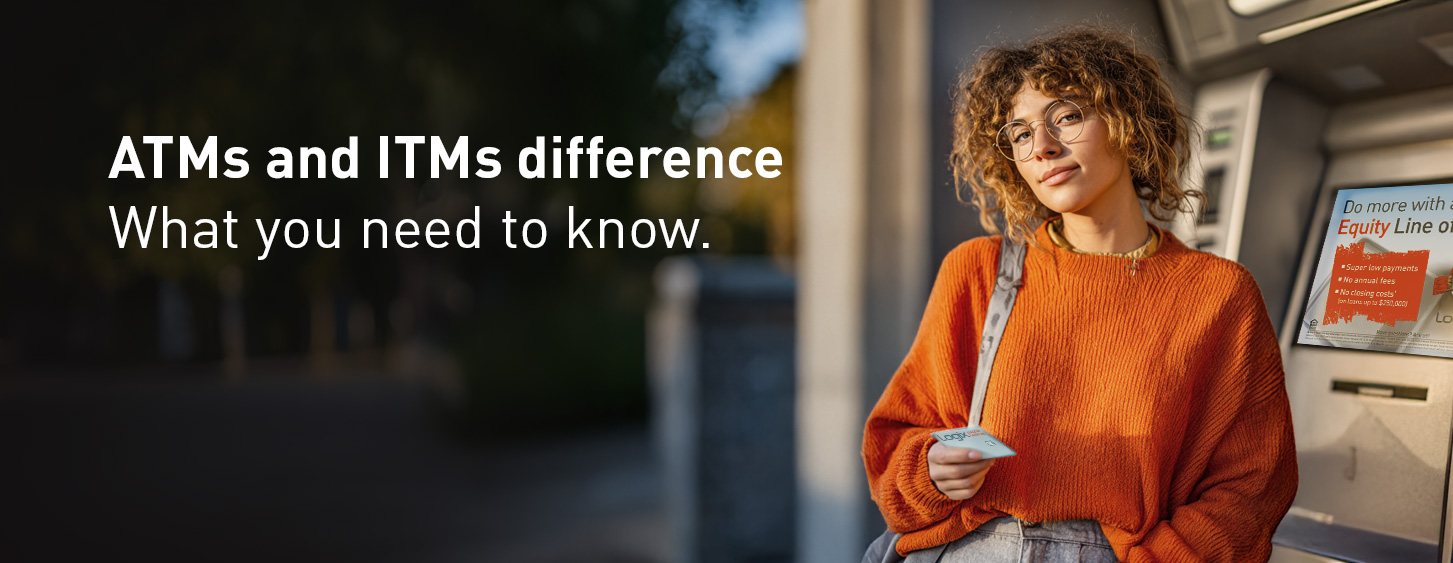
Buying a car is not cheap. In fact, a car purchase is what many economists refer to as a “big ticket item”. And for good reason; the analysts at Kelley Blue Book report the average price for light vehicles in the United States was $33,666. For reference, according to the latest Census data, the median household income for the United States was $55,775. This means, an average car purchase is 60% of the median household
After rent or mortgage payments, auto loans are usually the next biggest monthly budgeted line item. It’s important that you have a good understanding of how much you can really afford when you’re shopping for that new ride.
Step 1: Figure out how much you can afford.
It’s easy to overspend if you don’t have an understanding of what you can actually afford.
Start with an auto loan calculator to help you calculate out how much your monthly car payment might be.
If you’ve got a car payment now, that’s a good baseline for affordability. For example, if you’re paying $350 for your car now and you jack up your monthly car payment to $500, where would the additional $150/month come from?
If you can’t afford to shell out the extra cash, one option is saving for a larger down payment to help reduce your monthly cost. Another option is to be realistic and reevaluate what you can spend instead of just buying and “trying to figure it out” later.
There’s also the option of buying a new or used car outright. You can do some basic math to figure this out. Let’s say you want to spend $25,000 in 4 years. Divide $25,000 by 48 months to reach roughly $520 - this is how much you need to save each month for 4 years in order to have enough money to purchase a $25,000 car.
Step 2: Don’t forget about the cost of insurance, repairs, maintenance, etc.
The price of a car ownership goes beyond just the actual price of the car. If this isn’t your first rodeo, you know all about this.
First, there is auto insurance. A good rule of thumb for estimating your auto insurance is 5% to 8% of the purchase price.
New car purchases usually have warranties for the first three years, but you’ll still need to pay out of pocket for maintenance, such as a new battery or new tires. With used cars, you may or may not have any warranty and you’ll most certainly need to fork up the dough for maintenance, upkeep, and repairs.
There are also registration fees, finance charges and sales tax. You might also live in a state where there are additional charges like smog testing or ridiculously expensive license plate fees.
Step 3: Improve your credit.
If you’re going to borrow money, you have to play the credit game.
There is a direct relationship between your credit score and how much it will cost you to borrow money. Folks with scores in the good to excellent range, usually above 720, have the best options when it comes to interest rates and loan terms.
One of the biggest factors impacting your credit score is your credit utilization. This is a percentage of how much credit you’re using relative to how much credit is available to you. For credit cards, the sweet spot is using around 20%-30%. This ratio should be considered per card as well as overall. So if you have a $20,000 limit on a credit card, you shouldn’t carry a balance above 30% or $6,000.
If you’re above the utilization ratio, paying down debt is the healthiest and best option. If you can’t afford that right now, using balance transfers or trying to get a fixed loan is another great option. Besides being better for your credit than credit cards, fixed loans also offer a light at the end of the tunnel.
Step 4: Start a savings account + automate your savings.
Now that you’ve wrapped your head around how much you’ll be spending, it’s time to start working towards your goal and save. Even if you plan to finance your car with a loan, you may need to save for a down payment, increased auto insurance, or registration fees.
Open up a new car savings account with the target savings goal. By creating a separate car savings fund, it’s easy to see how much you saved relative to your goal. When it’s unclear where you are with your goal, it’s easy to get off track and spend your money on something else.
Set up an automatic monthly (or weekly) transfer to put money from your checking account into your car savings account. Automating your savings removes you from the equation. As simple as making an online transfer can be, sometimes when you have to manually make it, you can create excuses as to why you can’t make your savings goal for that period.
Step 5: Shop around now.
Start the process sooner than later. When feeling rushed, you’re more likely to make an impulse purchase or overspend.
Buying a car is an emotional purchase. If you don’t own a home, it might be the largest purchase you’ve made thus far. The car you drive also reflects what you value and for some, who they are.
Use the tools available to you and give yourself the time and space you need to make this decision. You’ll be glad you did.
Occasionally, Logix will invite guest bloggers to post on assorted financial topics. These posts may or may not represent our views.






%20(952%20x%20317%20px)-2.png)




